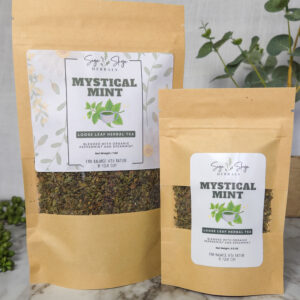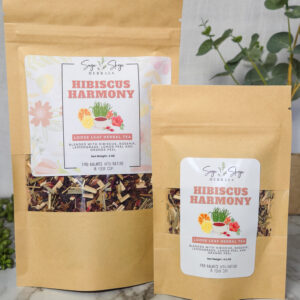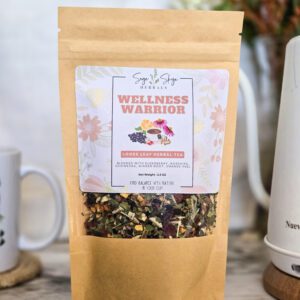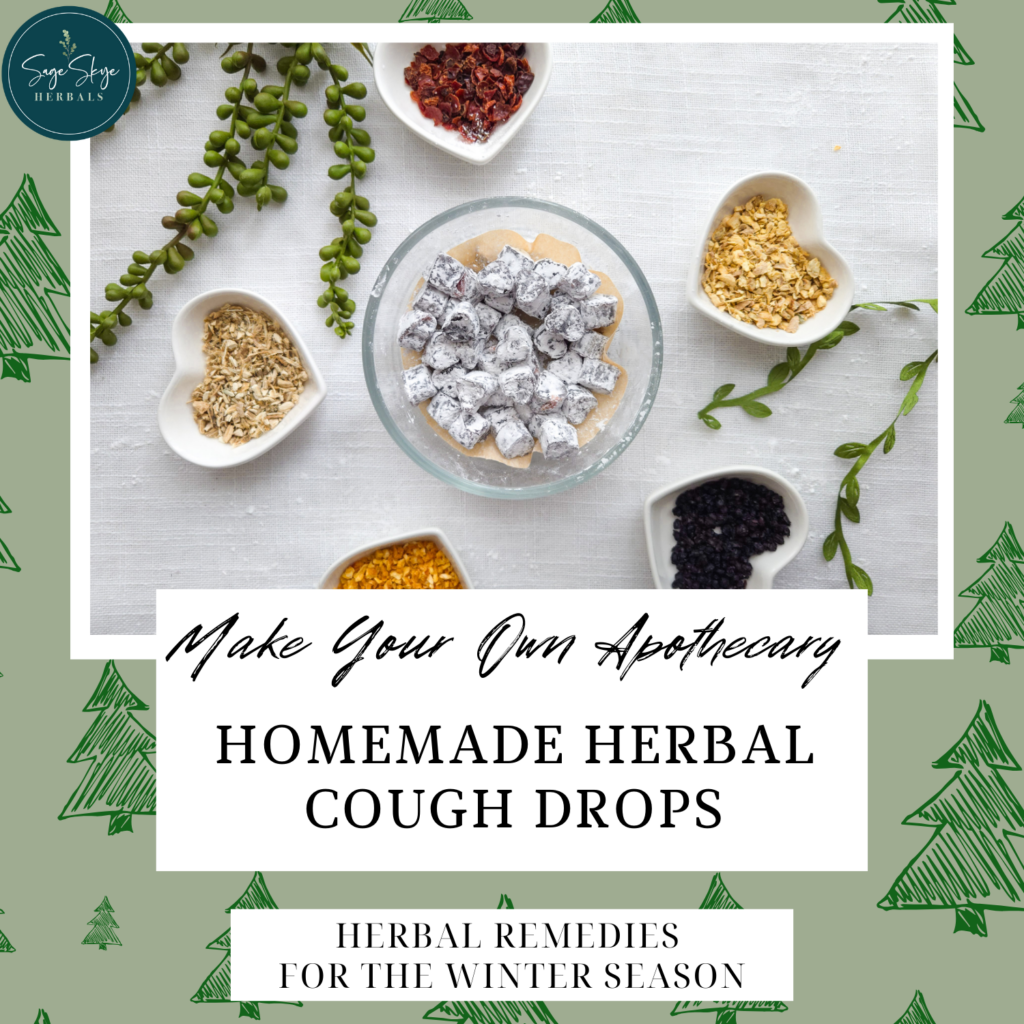
Affiliate disclaimer: This post contains affiliate links. Our blog is reader-supported. When you buy through the links on our site, we may earn an affiliate commission.
Herbal Cough Drops | Easy Guide to Make Your Own!
When the cold and flu season rolls around, having herbal cough drops on hand can be a soothing way to ease throat discomfort and support your immune system. Making your own cough drops is not only fun but also allows you to experiment with flavors and herbal actions tailored to your specific needs. In this installment of our “Make Your Own Apothecary at Home: Winter Remedies Edition,” we’ll guide you through crafting your own homemade herbal cough drops that combine the therapeutic benefits of elderberry, ginger, marshmallow root, orange peel, rose hips, and honey.
There’s something incredibly satisfying about creating your own remedies from scratch! Not only can you tailor them to your personal needs, but the process also deepens your understanding of herbal medicine. These herbal cough drops are a wonderful way to soothe sore throats, calm a cough, support your immune system, and bring a little comfort to chilly winter days. Plus, they’re a rewarding project for anyone looking to enhance their at-home apothecary skills. Let’s dive into the details and learn how to craft these effective and delicious herbal drops!

Ingredients and Benefits of the Herbs
Each ingredient in these cough drops plays an important role, both in flavor and functionality but you can play around with the blend to suite your taste and needs.
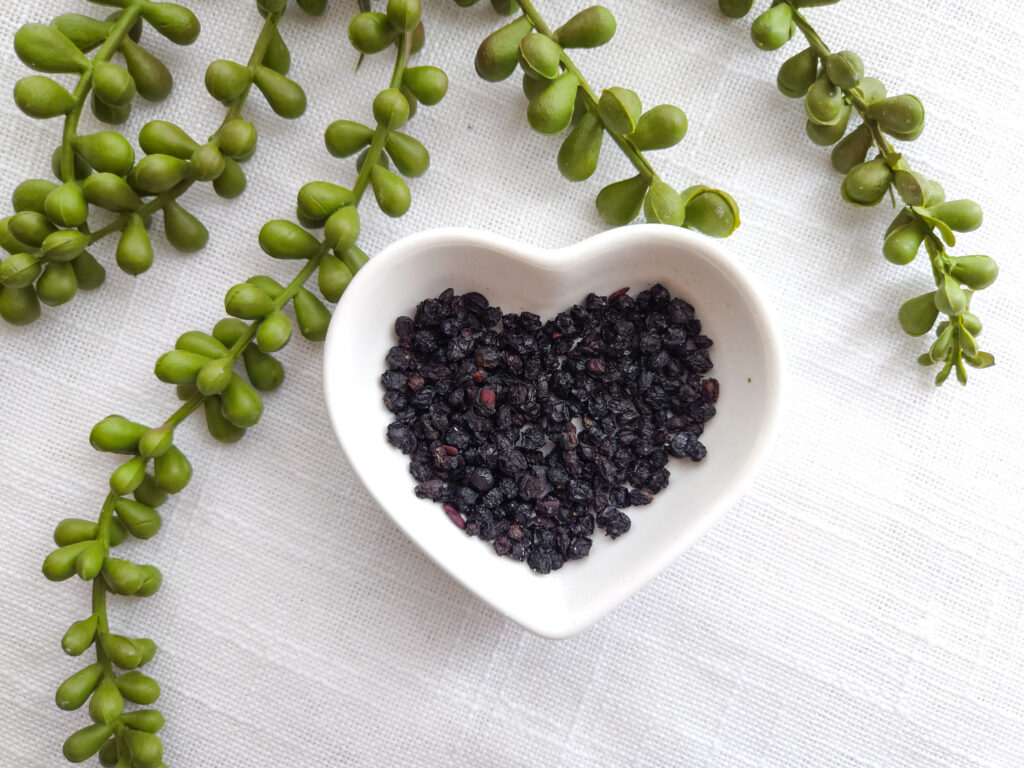
Elderberry
Famous for its immune-boosting properties, and beautiful color elderberry is rich in antioxidants and supports the body in fighting off cold and flu symptoms.

Ginger
This warming, zesty herb soothes sore throats and reduces inflammation. Its natural spiciness also adds a comforting kick to the flavor.

Marshmallow Root
Known for its mucilage content, marshmallow root provides a soothing effect for dry or irritated throats.

Orange Peel
Packed with vitamin C and antioxidants, orange peel delivers a bright, citrusy flavor and supports immune health.

Rose Hips
Another excellent source of vitamin C, rose hips offer immune support and a subtle tartness to balance the sweetness of the cough drops.
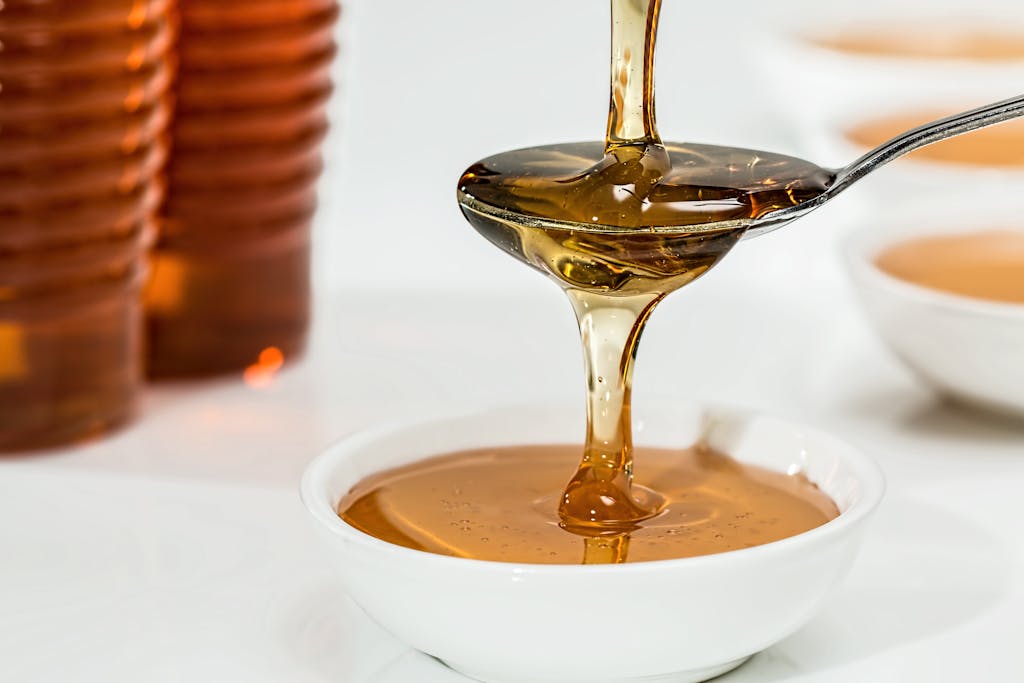
Honey
Not only a natural sweetener, honey also has antibacterial and soothing properties, making it a perfect addition to this recipe.
Step-by-Step Instructions
Here’s how to create your own herbal cough drops at home:
Prepare the Herbal Infusion
Start by combining the herbs elderberry, ginger, orange peel, and rose hips and covering with 1 ½ cups of boiling water. Steep for one hour to extract the beneficial compounds from these herbs. After the hour, add marshmallow root, it extracts best in cooler temperatures. Let this sit for another hour to allow its soothing properties to infuse properly.

Strain the Infusion
Strain out the herbs through a fine mesh strainer or cheesecloth, leaving behind a richly flavored herbal liquid.
Measure the infusion—you’ll need about 1 cup for the next step.

Create the Syrup
Pour the infusion into a saucepan and add 1 cup of sugar and ½ cup of honey. Stir the mixture over medium heat until the sugar dissolves completely. Attach a candy thermometer to the pan and continue simmering until the mixture reaches 250°F, also known as the soft crack stage.

Reach the Hard Crack Stage
Stir continuously and allow the temperature to rise to 302°F.
This is the hard crack stage, where the mixture will solidify properly into cough drops.

Pour into Molds
Quickly transfer the hot mixture into silicone molds or pour it onto a parchment paper-lined baking sheet. If using a baking sheet, you can break the cooled mixture into pieces later.

Cool and Dust
Allow the cough drops to cool for a few hours or overnight. Once fully hardened, dust them generously with powdered sugar to prevent sticking. I did this step with a paper plate but a bowl would work as well.

Store Properly
Store your finished cough drops in an airtight container to keep them fresh and protect them from moisture.
Stores best if lined and covered with parchment paper to prevent sticking, or wrap individually if you are feeling up to it!

Helpful Tips for Success
Simplify Cleanup: Line your workspace with parchment paper and place all used utensils in hot water immediately after use to make cleanup easier. The sugar hardens fast and can be hard to clean after it sets.
Get Creative with Flavors: Feel free to experiment by adding other herbs like cinnamon or cloves for extra warmth and complexity.
Use Silicone Molds: These make it easy to shape your cough drops into neat, uniform sizes, but a lined baking sheet works just as well. I’ll link the ones I used!
Silicone Mold Amazon Link: Click Here
Why Learn to Make Your Own Cough Drops?
Learning to make herbal cough drops is a valuable skill that combines creativity, practicality, and the joy of crafting your own remedies. Not only can you customize these drops to address specific needs—like soothing dry throats or supporting your immune system—but you’ll also develop a deeper appreciation for the art of herbal medicine. It’s a fun and rewarding way to prepare for the winter season, and the cough drops make thoughtful gifts for loved ones.
By following this guide, you’ll have a batch of delicious, effective cough drops ready to provide comfort during the colder months. Plus, you’ll gain confidence in creating herbal remedies, opening the door to endless possibilities for future projects. Gather your ingredients, embrace your inner herbalist, and enjoy the process of making something both functional and delightful!
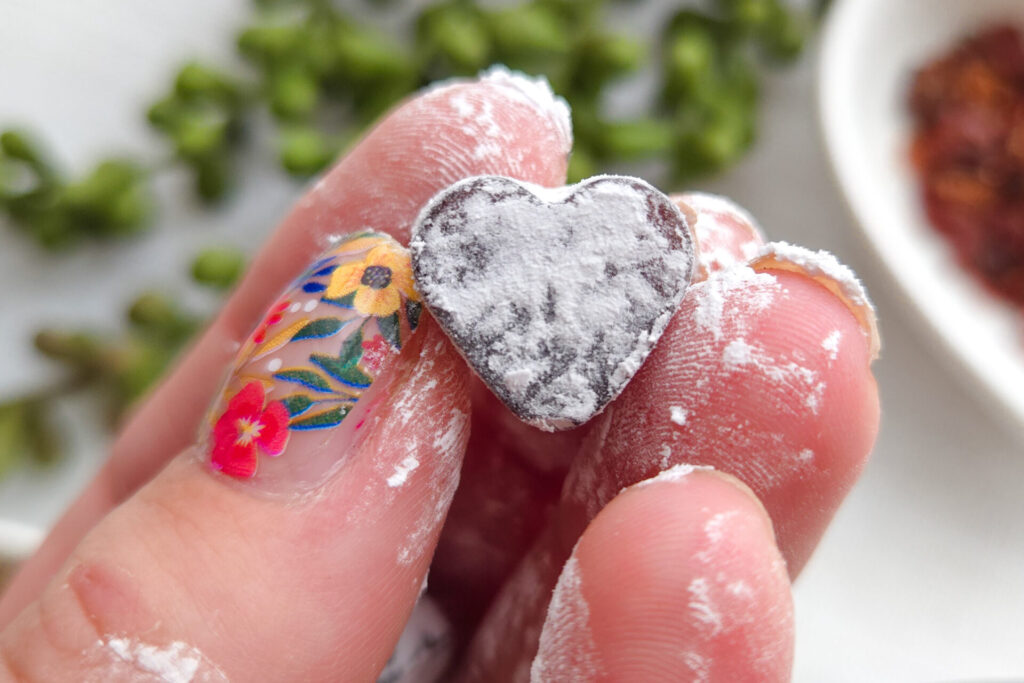
Disclaimer
These statements have not been evaluated by the Food and Drug Administration. This product is not intended to diagnose, treat, cure or prevent any disease. While herbs are generally safe for most people, it’s important to be mindful of any health conditions or medications you may be taking. Consult with a healthcare provider if you have specific health concerns or are pregnant, as some herbs may interact with medications or have contraindications.

